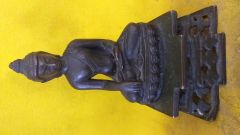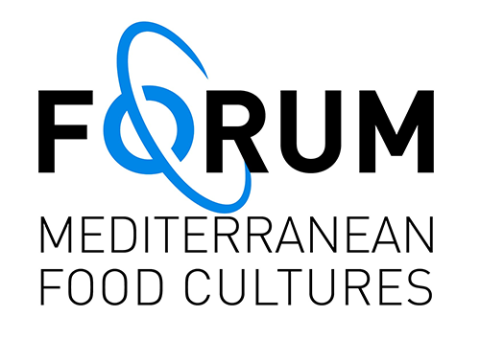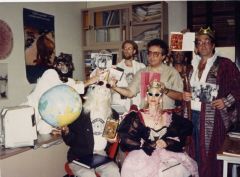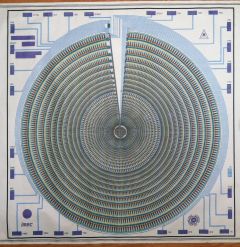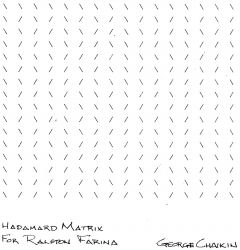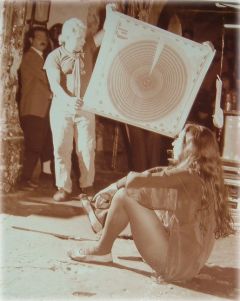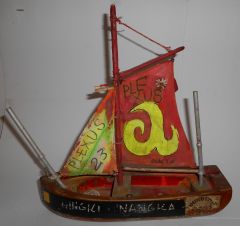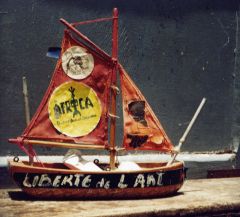Over the years Plexus events have built one upon the other. Each event takes place in its own present but it is made up of past concepts and activities while it projects its own various parts into its future activities.
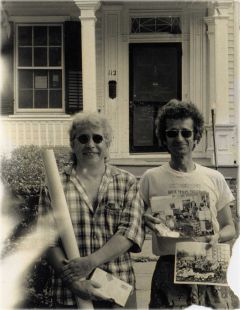

George Chaikin and Sandro Dernini in front to Albert Einstein's Home, Princeton, 1989
"1992 Christopher Columbus Viaggio nel Pianeta Arte", Rome, 1989
What you feel and see is your own creation…
We are called PLEXUS.
"Mytho-Compressionism”
We have compressed history,
re-created mythology.
Time has speed up and there is no time left for aesthetic distance between the artist as performer and the art observer.
In Plexus Co-Operas we have destroyed this distance, and they in turn interact, creating a new operatic form. We have extended the compass of vision to include the former observer as participant.
We are user friendly.
Use us or lose us.
We are all independent thinkers and dreamers collating our collective visions collaboratively.
Please experience us wisely and with an open heart.
This is open ART.

Leonard Horowitz, 1986,New York
Compressionisme by Leonard Horowitz, New York, 1989
Hadamard Matrix Why it is Art
by George Chaikin
...It’s art because it is recursive. I’ll bet you never heard this one before, but I’m sure you’ve encountered the concept. It means that drawing contains its own reiteration at a different scale – this is fundamental to its algorithm – that it is defined in terms of itself on a different scale...
PLEXUS CURVILINEAR GEOMETRY OF CONSCIOUNESS
Who killed Henrich Hertz?
George Chaikin and Sandro Dernini, 1987
Plexus Art Slavery Manifesto Group Photo Shots was conceived in 1988 by Lenny Horowitz as a a compressionist art work of group shots, containing other group photos, which contained other photos of Plexus historical art journey and so on more, as frames also refering to other frames showing other photos as direct quotes of them.
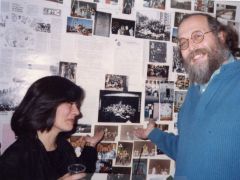



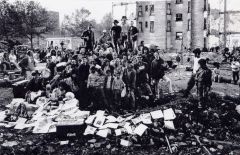
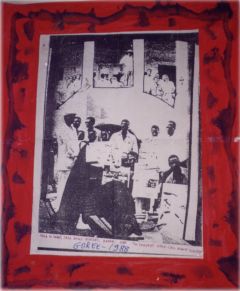
1988 PLEXUS MANIFESTO ART SLAVERY, HOUSE OF THE SLAVES, GOREE-DAKAR
Plexus Compressionism very interconnected frames of references of other references, direct verbal and pictorial quotations to be accounted in a proper interpretation (Then a photograph may actually contain a duplicate of a second photograph; and the first, if it also refers to the second through showing it as in a frame, etc., might then be said to quote it directly

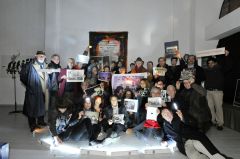
Photos by Anna Marceddu

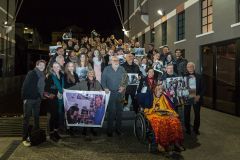
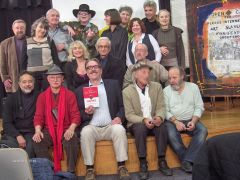
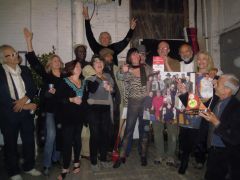
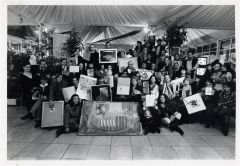
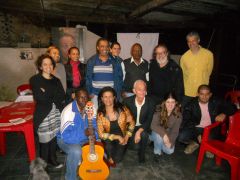
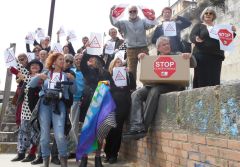
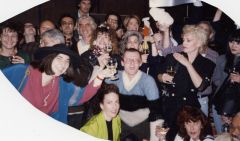

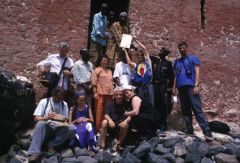
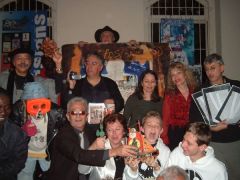
Plexus compressionist fractal frame.
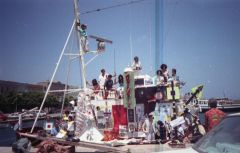
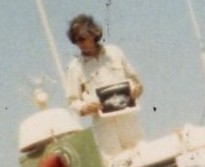
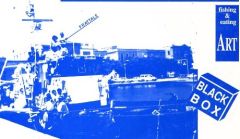
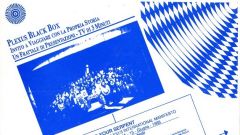

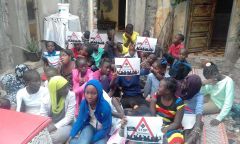

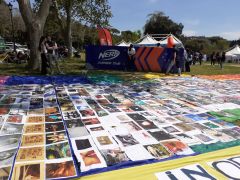
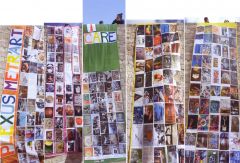
PLEXUS METR'ART PLEXUS METR'ART

"Open the Door of your Heart to go into the Future", installation by Fabrizio Bertuccioli, at the art opera "!992 Cristoforo Colombo, Viaggio nel Pianeta Arte", Metateatro, Rome, 1989
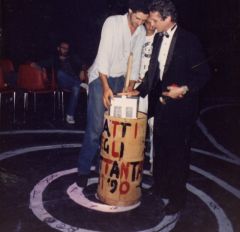
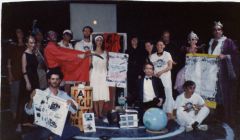
The closing of Plexus into a black box by Sandro Dernini, Giancarlo Schiaffini,Fabrizio Bertuccioli, Roberto Federici, Antonio Caboni, Stephen DiLauro, Willem Brugman, Micaela Serino
Time has speed up and there is no time left for aesthetic distance between the artist as performer and the art observer.

![]()
EATING ART INTEROCEPTION
BODY AND MIND ARE IN INTEROCEPTION INVOLVING MANY DIFFERENT physiological systems like the cardiorespiratory system, gastrointestinal system, nociceptive system, endocrine and immune systems.
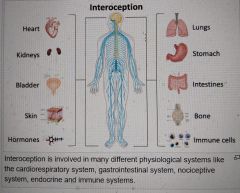

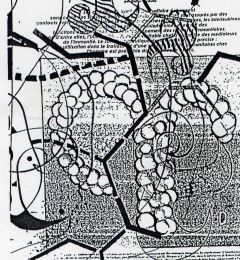
Immunological Art Messemger Inteleukine 2 by Gaetano Brundu
"PLEXUS" DEFINITION
Anatomy: a network of intersecting nerves or blood/lymph vessels (e.g., brachial plexus, solar plexus).
General: any complex, interwoven network, any interlacing of parts
The solar PLEXUS is a complex of PLEXUS, CHAKRAS, connecting billions and billions of individuals cells as a whole living organism, the human being, able of reproduction, of growing, of modifications of thinking, and transmitting culture.
